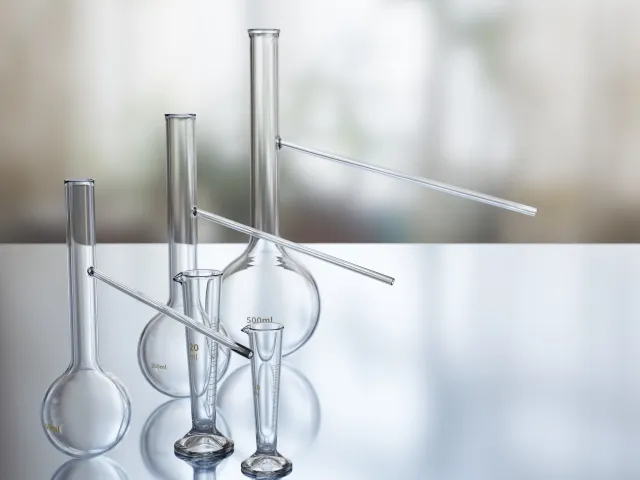Summary of this article
For those concerned about cancer risks, early detection and proper treatment are crucial. Having knowledge about new diagnostic technologies and testing methods is essential. This article delves into CTC (Circulating Tumor Cells), a topic that has garnered attention in recent years. We will explore how CTC can aid in cancer diagnosis and treatment, providing fundamental information for a better understanding.
What is CTC?
CTC, or CTC(Circulating Tumor Cells), refers to tumor cells found in the blood of cancer patients. Typically, cancer cells remain in a specific area of the body (the tumor), but some cancer cells can enter the bloodstream and spread throughout the body. These Circulating Tumor Cells are known as CTCs. CTCs are considered a significant indicator of metastatic cancer progression.
The Discovery and Importance of CTC
1. Potential for Early Detection
CTCs can be detected through blood tests, offering potential benefits for early cancer detection. Compared to traditional cancer testing methods (such as tissue biopsies or imaging tests), blood tests are less invasive and cause less discomfort for patients. This is particularly useful for individuals at high risk of cancer or those who require regular screenings.
2. Monitoring Cancer Progression
By monitoring the number and characteristics of CTCs, it is possible to assess the progression of cancer and the effectiveness of treatments. Tracking changes in CTCs before and during treatment allows real-time confirmation of treatment effectiveness, aiding in the reassessment of treatment strategies.
3. Supporting Personalized Medicine
Analyzing CTCs provides information on the genetic characteristics and drug resistance of cancer cells. This supports “personalized medicine,” where the most appropriate treatment is selected for each patient. Personalized medicine aims to deliver effective treatment while minimizing side effects.
Methods for Detecting CTC
Several techniques are used to detect CTCs, including the following:
1. Immunocapture Method
The immunocapture method uses antibodies against specific proteins present on the surface of CTCs to capture these cells. While this method can detect CTCs with high precision, it may miss CTCs that lack specific proteins.
2. Microfluidic Technology
Microfluidic technology involves passing a blood sample through microchannels, using the physical properties of CTCs (such as size and shape) to separate them. This method can rapidly separate CTCs, making it promising for clinical use.
3. Genetic Analysis Method
The genetic analysis method involves analyzing the genes of CTCs to identify and characterize cancer cells. This method not only detects CTCs but also provides information on genetic mutations and drug resistance in cancer.

Advantages and Disadvantages of CTC Testing
Advantages
- Non-invasive: Since it is a blood test, it places minimal burden on the patient.
- Early Detection: CTCs can aid in the early detection of cancer and the monitoring of recurrence.
- Evaluation of Treatment Effectiveness: Tracking changes in CTCs before and after treatment allows for the evaluation of treatment effectiveness.
- Personalized Medicine: Analyzing CTCs provides information necessary to select the best treatment for each patient.
Disadvantages
- Detection Challenges: CTCs are extremely few in number, requiring advanced technology for detection.
- Variability in Detection Accuracy: Depending on the detection method, there may be a risk of missing CTCs.
- Cost: The use of advanced technology can make the testing expensive.
Current Utilization of CTC Testing
1. Research Stage
CTC testing is still in the research stage, with limited clinical use. However, various studies are ongoing, and its future practical application is highly anticipated.
2. Clinical Trials
Some hospitals and research institutions are conducting clinical trials of CTC testing. Through these trials, the usefulness and effectiveness of CTC testing are being verified, paving the way for its introduction into actual medical practice.
3. Insurance Coverage
Currently, CTC testing is often not covered by insurance, but there is a possibility that it may be covered in the future. If it becomes covered by insurance, more patients will have access to CTC testing.
Future Prospects of CTC Testing
CTC testing is considered a highly promising technology in the field of cancer diagnosis and treatment. The following prospects are expected:
1. Technological Advancements
The technology behind CTC testing is evolving daily, and it is expected to enable more precise and rapid detection. The development of new detection methods and analytical techniques is likely to further advance the practical application of CTC testing.
2. Widespread Clinical Use
As CTC testing becomes widely used as a standard diagnostic tool, it may generalize the early detection of cancer and the monitoring of treatment effectiveness. This would allow many patients to benefit from its advantages.
3. Advancement of Personalized Medicine
The widespread adoption of CTC testing is expected to further advance personalized medicine in cancer treatment. By providing the most suitable treatment for each patient, it will be possible to maximize treatment effectiveness while minimizing side effects.
Conclusion
CTC (Circulating Tumor Cells) serves as an important indicator for early cancer detection and monitoring treatment effectiveness. As a non-invasive blood test, it poses minimal burden on patients and is particularly useful for those concerned about cancer risks. Although CTC testing is still in the research phase, advancements in technology and its application in clinical practice are highly anticipated.
CTC Testing at Hiro Clinic
At Hiro Clinic, we offer cutting-edge CTC testing. By detecting Circulating Tumor Cells (CTCs) in the blood, we support the early detection of cancer and the monitoring of treatment effectiveness. This non-invasive blood test is characterized by minimal patient burden. With the latest technology and expertise, we provide reassurance and reliable medical services to those concerned about cancer risks.
Supervisor of the article

Dr. Hiroshi Oka
Graduated from Keio University, Faculty of Medicine
Doctor of Medicine
Medical Doctor



